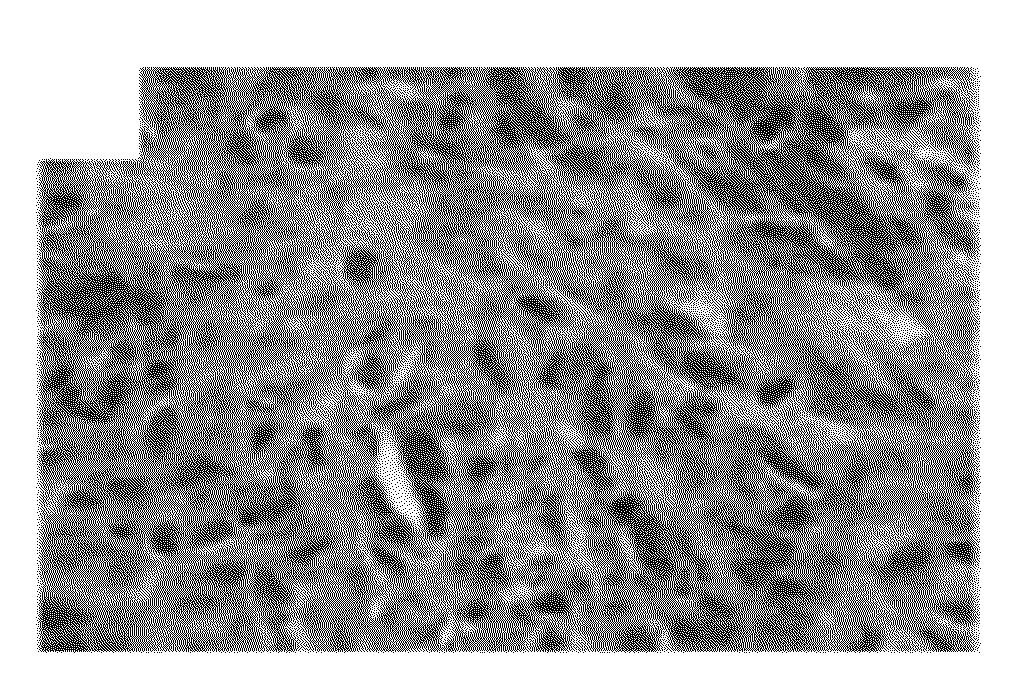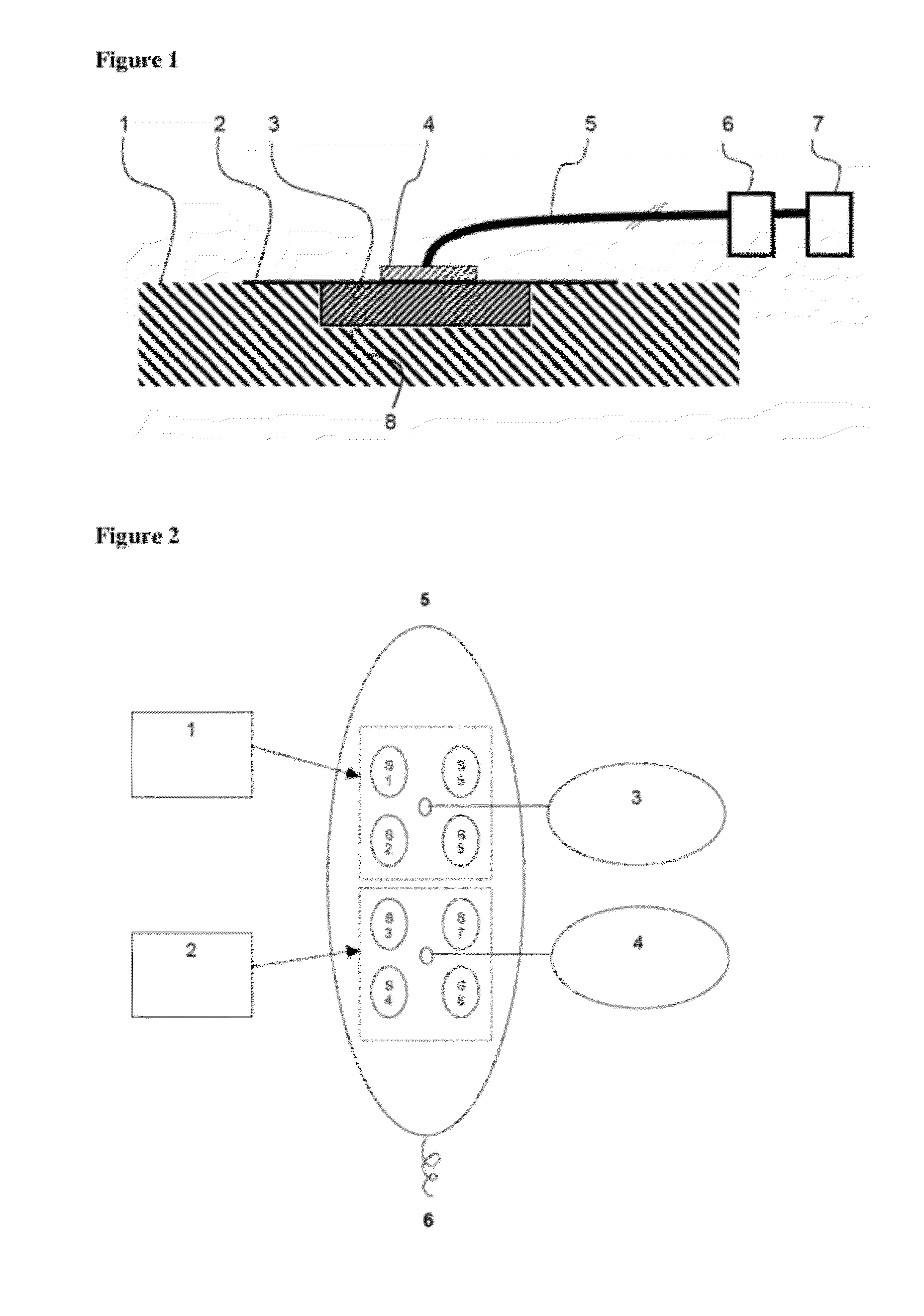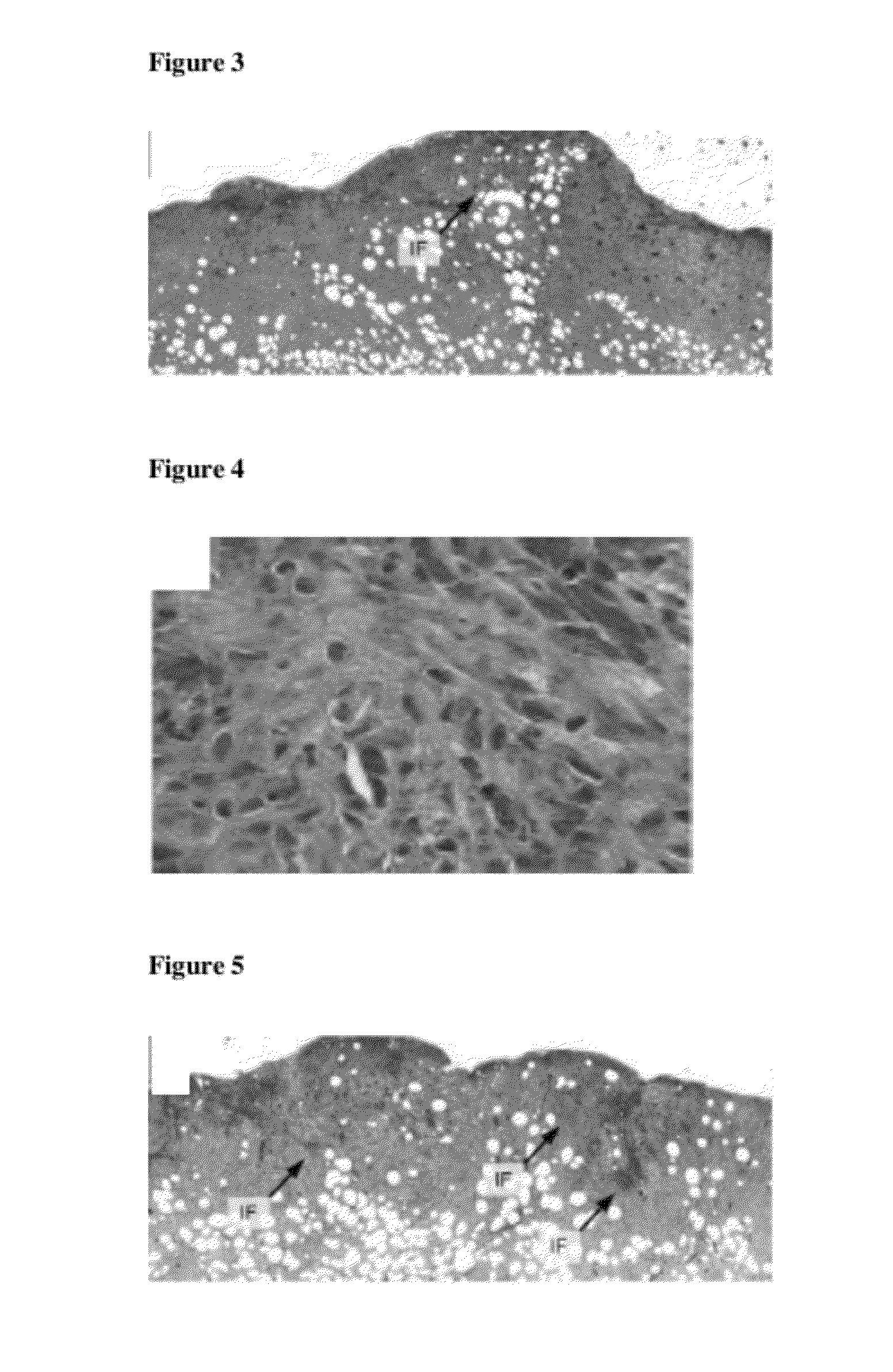Use of a polyurethane foam as a wound dressing in negative pressure therapy
a negative pressure therapy and polyurethane foam technology, applied in the field of negative pressure wound therapy devices, can solve the problems of reducing the passage of wound exudate, and loss of substance, so as to facilitate the matching of the cover material
- Summary
- Abstract
- Description
- Claims
- Application Information
AI Technical Summary
Benefits of technology
Problems solved by technology
Method used
Image
Examples
example 1
Determination of the Tensile Strength
[0101]A foam in accordance with the present invention was produced and a foam commercially available for negative pressure therapy was used as a comparison:
[0102]Foam A (in accordance with the present invention), obtainable by reaction of polyester polyol and isocyanate, tensile strength after dry storage in a standard climate 160 kPa, tensile strength after three days of storage in bovine serum: 170 kPa.
[0103]Foam B (comparison), obtainable by reaction of polyether polyol and isocyanate, tensile strength after dry storage in a standard climate 115 kPa, tensile strength after three days of storage in bovine serum: 72 kPa.
example 2
Determination of Undesired Foreign Particles in Wounds
[0104]6 pigs were treated on 8 wounds each with a device for negative pressure wound therapy comprising either the foam A in accordance with the present invention from example 1 or the comparison foam B for 7 days. A systematic diagram of the test set-up is shown in FIG. 2. FIG. 2 shows a pig's back from above. S1 to S8 are the wounds covered with foam, 1 and 2 represent a wound dressing of the foams A or B, each covering four wounds. 3 and 4 are openings for connection with the negative pressure system. 5 is the head of the pig, 6 the tail.
[0105]When the treatment period ended, the wounds were examined for undesired foam particles. The result was as follows:
[0106]Foam in accordance with the present invention A: 0% of the wounds contained foam particles.
[0107]Comparison foam B: 25% of the wounds contained foam particles.
example 3
Histological Examination of Inflammatory Activity in Wounds
[0108]As described in Example 2, a foam A according to the present invention and a comparative foam B were used as wound dressings.
[0109]Granulation tissues were examined histologically.
[0110]The histological examination of a wound treated with the inventive foam A shows only little inflammatory foci (IF), as illustrated in FIG. 3. The inflammatory foci show only minimal neutrophil infiltration, see FIG. 4.
[0111]Contrary, there are more areas with inflammatory activity in the granulation tissue of a wound treated with the comparative foam B, as illustrated in FIG. 5. The inflammatory foci (IF) consist of foreign body giant cells, neutrophil granulocytes and lymphocytic cells, as illustrated in FIG. 6.
[0112]Consequently, using a foam according to the present invention is associated with less inflammatory activity.
PUM
| Property | Measurement | Unit |
|---|---|---|
| tensile strength | aaaaa | aaaaa |
| tensile strength | aaaaa | aaaaa |
| tensile strength | aaaaa | aaaaa |
Abstract
Description
Claims
Application Information
 Login to View More
Login to View More - R&D
- Intellectual Property
- Life Sciences
- Materials
- Tech Scout
- Unparalleled Data Quality
- Higher Quality Content
- 60% Fewer Hallucinations
Browse by: Latest US Patents, China's latest patents, Technical Efficacy Thesaurus, Application Domain, Technology Topic, Popular Technical Reports.
© 2025 PatSnap. All rights reserved.Legal|Privacy policy|Modern Slavery Act Transparency Statement|Sitemap|About US| Contact US: help@patsnap.com



